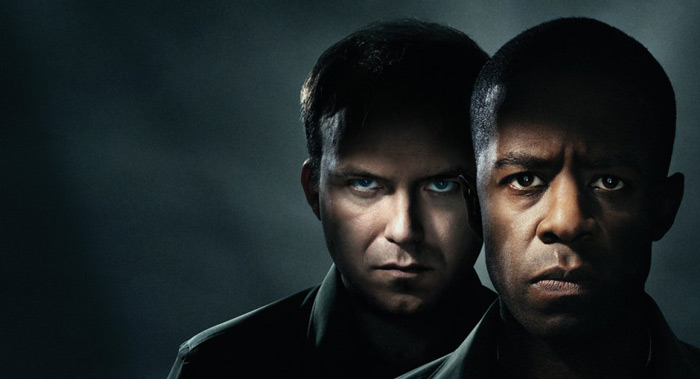
Emilia’s final denunciation of her husband, for example, stands in start contrast to Desdemona, who remains faithful and loving to Othello to the last, even after he has killed her. Whereas Desdemona idealizes her husband, seeing him as a bastion of honor and truth, Emilia’s attitude towards men contains a more healthy cynicism. Shakespeare further presents Desdemona and Emilia as foils by contrasting Desdemona’s submissive and passive nature with Emilia’s independence.

This perceptiveness simultaneously highlights Desdemona’s naive and over-trusting nature, a trait that will prove fatal. It is Emilia, after all, who will be the one to work out what has happened and deliver the final revelation to Othello. This difference has similar implications on the levels of perceptiveness possessed by the two women, with Emilia also more able to detect other characters’ duplicity. Desdemona, on the other hand, remains a figure of unequivocal honesty throughout. Accordingly, Emilia also proves more willing to deceive than Desdemona, stealing her handkerchief in order to please her husband. This dynamic highlights Emilia’s greater worldliness.įurthermore, Emilia’s use of wit showcases her cleverness, but also her greater willingness to play with contrivances and double meanings, a quality that contrasts with Desdemona, who always says as she means. The dynamics of this exchange, with Desdemona being the questioner, also shows the disparity between the two women’s knowledge, with Emilia being the authoritative figure. Such internalized racism may be part of the reason why Othello is so easy to trick, with his own insecurities about his worthiness of Desdemona making her unfaithfulness easier for him to believe.ĭesdemona’s disbelief at the idea that a woman could betray her husband highlights the purity and innocence of Desdemona’s worldview, in contrast to Emilia, who jokes that she would betray her husband, provided it brought enough gains, of course. Othello’s use of this imagery suggests that he himself may have internalized the racial prejudices of his peers. Here, Othello himself ties up images of whiteness and blackness with virtue and vice, and indeed explicitly in the context of skin. Referring to his belief that Desdemona has betrayed him, Othello says:Īs Dian's visage, is now begrimed and black By contrast, Desdemona’s whiteness is connected with images of purity-“a maid so tender, fair and happy” and an “angel.” Such associations play into dangerous racial stereotypes that prove potent in “Othello.” Iago’s allusion to Othello and Desdemona’s sexual relations through the imagery of an “old black ram” tupping a “white ewe” makes the racial prejudices contained within the play clear from the start.īlack and white imagery is also used by Othello himself, in a way that suggests his own internalized racism. In this way, the motif also serves as a way to set up Othello and Desdemona as foils.Įmilia, after Othello kills Desdemona, calls him “the blacker devil,” and the association between Othello’s blackness and sin is referred to multiple times in the play. Specifically through the characters of Othello and Desdemona, images of black and white are used to emphasize the contrast between the characters’ virtue, with whiteness tied up with Desdemona’s faithfulness and blackness with Othello’s violence. Othello views his own racial identity as undesirable, and it is this lack of confidence in himself that allows Iago to persuade him that Desdemona is cheating on him.In particular, images of black and white in the play are bound up with the dichotomy of good and evil.

Despite this, Shakespeare ultimately allows Othello to succumb to the subtle racism that surrounds him. In Othello, Shakespeare creates a hero who is not a racist stereotype. How does Othello's race play a role in the hero's self-identity?.How does Othello's race affect his relationships with his wife and other characters?.Which characters in the play make an issue of Othello's race? What kinds of stereotypes are at work in this play?.At the same time, his status as a black-skinned foreigner in Venice marks him as an outsider and exposes him to some pretty overt racism, especially by his wife's father, who believes his daughter's interracial marriage can only be the result of Othello's trickery.īecause the play portrays the uber-racist fear of miscegenation (the mixing of races via marriage and/or sex), it's nearly impossible to talk about race in Othello without also discussing gender and sexuality. A military general, he has risen to a position of power and influence. Othello is one of the first black heroes in English literature. (Click the themes infographic to download.)


 0 kommentar(er)
0 kommentar(er)
